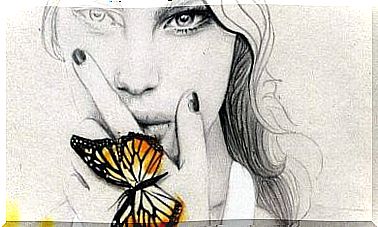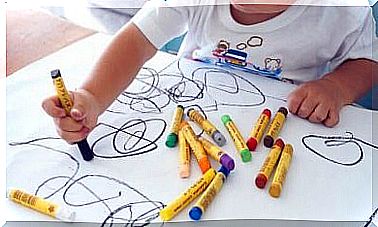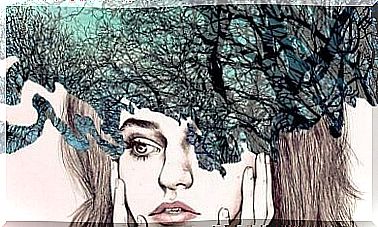Mirror Neurons And Empathy
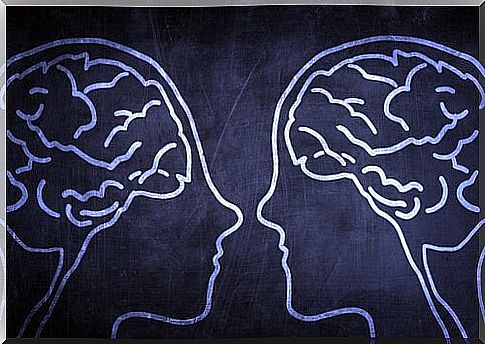
Mirror neurons have the same activity when we take an action and when we watch someone else perform the same action.
The fact that our brain reacts in the same way explains learning through imitation, emulation and also empathy, since we experience the action of the other as if it were our own and that it helps us to understand it.
Mirror neurons were discovered in the context of animal experiments, and more specifically monkeys.
They were diagnosed for the very first time by Rizzolatti’s team in the species Macaca nemestrina at the level of the premotor cortex, which specializes in the action of planning, selecting and executing movements.
After this discovery made on monkeys, various studies were carried out on us human beings in order to know if we too have these mirror neurons, and if so, if their action is linked to learning, imitation and empathy.
Put yourself in the other’s shoes
We know how to recognize the gestures of others, and we can identify a person’s emotions only by looking at their face.
Even without knowing this person, we are able to make a hypothesis about their condition, and very often, we are not wrong.

So when we meet someone who has problems, we can almost ourselves feel their fear or pain as if those emotions were our own. S
f this type of transfer is innate, a question nevertheless arises: what mechanism makes this possible in our brain? Everything seems to refer to mirror neurons and their connections with different areas of the brain.
Thus, mirror neurons would also be linked to the interpretation that we make of actions.
Not only could they help us internalize and repeat an action that we have just observed, but thanks to them, we could also understand this action and give it meaning as well as discover why others behave in a certain way. and if they need our help.
When these specialized neurons activate, other areas of the brain activate too, such as the limbic system.
Thus, mirror neurons allow us to recognize facial gestures, access our memories and previously learned lessons from our past experiences, as well as bring all this information together in order to interpret the situation and make sense of it.
“The minds of men are mirrors of one another.”
-Hume-
Emotions are contagious
We are very easily influenced, so the mood of others can affect us and change our own mood.
When someone we work with is sad and their face conveys that sadness to us, not only are we able to guess that something is wrong, but our mood can be affected as well.
Empathy allows us to understand what the other is thinking, but also to put ourselves in their shoes, under the same circumstances.
In addition, it has been proven that if you force yourself to laugh, you can end up feeling better. So take the test: in a moment when nothing is going well, try to laugh.
Just faking the emotion of joy will make you feel better, as will hanging out with your friends and joking around with them; even if you have had a really bad day, other people’s laughter will surely be contagious.
Remember that other people’s emotions can be very contagious and affect you, as can exposure to their actions from an early age.
Thus, exposing children to violence through television can increase the degree of violence in their behavior, since we tend to imitate what we see while taking into account that we are not robots. , and that we can choose our actions.
Know the intentions of others
We imitate others from an early age. First the actions of our mother, then we play at being a doctor, a cook, a policeman, etc.
In adolescence, we have idols, and we imitate certain people. In adulthood, we imitate successful people, and some even continue to play doctor.
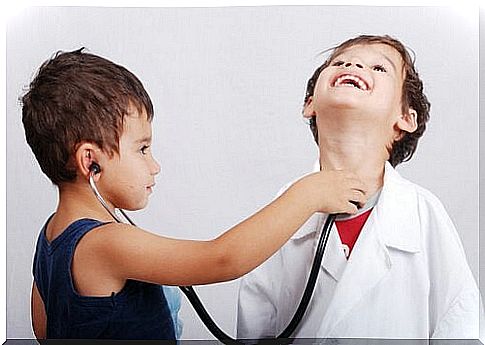
Throughout our lives, we imitate others and put ourselves in their shoes, and sometimes we even pretend to be a person that we are not.
This is the reason why the cinema and the theater exist; these two arts come from our need to imitate and experience another reality.
Unlike monkeys, which also have mirror neurons that activate when they see another monkey perform an action, we are able to interpret and know if a person is pretending, to know their intention or to emit a hypothesis about it.
Perhaps this is one of the characteristics that differentiates us from apes, because we human beings have the ability to put a name to the actions we perform, but also to make assumptions, often correct and sometimes malicious, about it. intention of the other.
Mirror neurons can activate just as well when we hear, see, perform, or think about an action.
However, the impact is not the same in each of these cases; in fact, we can more easily recognize a situation when we see it rather than when we hear it.
In fact, we humans rely primarily on visual information, although the other four senses are just as important.
The repercussion in our daily life
The name given to this type of neuron says a lot about their function; the semantics of the two words composing this name show that they are activated, for example, when we see someone doing something.
Mirror neurons therefore allow our brain to reflect the same activation pattern as that of the person performing the action.
In other words, for our brain, it is as if we were doing what the other is doing, which is why we speak of “mirror” neurons.
We present the admittedly innate but surprising ability to identify small gestures which, in addition, are very difficult to fake.
This is why it is a good tool that can allow us to know how the person we have around us feels and how we should behave with them. It’s a very adaptive ability that makes it easier for us to relate to others and avoid problems.
This phenomenon was discovered recently. Studies are currently being carried out on the relationship that there may be between many of our behaviors and certain diseases.
For example, some discoveries have been made on a possible link between mirror neurons and autism: low mirror neuron activity has been diagnosed in the brains of several people with autism.
These studies are a glimmer of hope, because they can allow us to better understand autism, and to find a treatment that can improve the symptoms of this disease as well as the degree of adaptation of those diagnosed.



